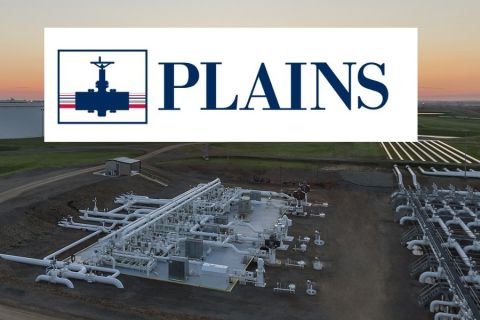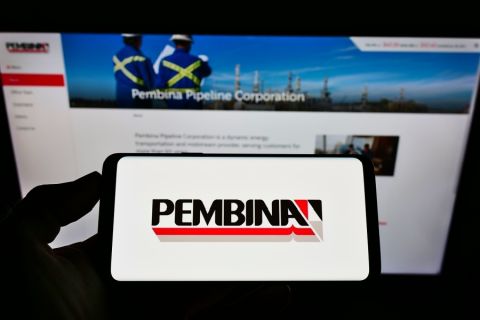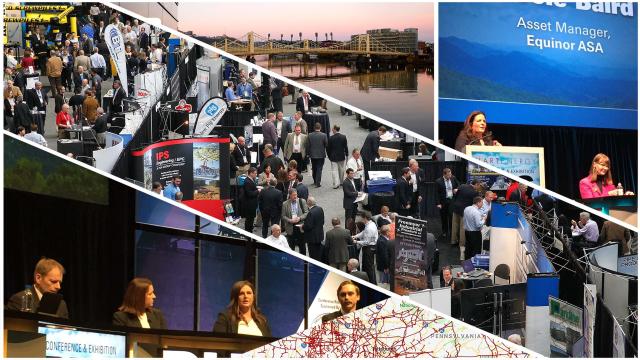
(Source: All DUG East images from Hart Energy)
(Editor’s note: This article was updated at 1:26 p.m. Check back for updates throughout the day.)
PITTSBURGH—A packed house at the David L. Lawrence Convention Center was treated to 17 speakers on the first full day of the DUG East Conference and Exhibition on June 19. HartEnergy.com editors covered the event via Twitter dispatches below. You can find these updates at @HartEnergyConf.
Detailed articles, video and analysis will be available to subscribers of HartEnergy.com in the coming days.

Ray Walker, COO of Houston-based Encino Energy, led off with a fireside chat with Richard Mason, Hart Energy’s chief technical director.
The Utica will really surprise people going forward, said Walker, whose company has 900,000 acres in Ohio. “We have a lot of running room.”
The Appalachian region has completely revolutionized the natural gas industry, Walker said. “We’re not far away from gas being a global commodity.”
But the industry faces a major challenge: how to get the most performance out of the rock for the lowest investment. Walker said it’s likely the industry will reach the economic limit before it reaches the technical limit on horizontal wells.
Greg Haas, director of integrated energy research for Stratas Advisors (above), focused on the importance to the U.S. of exports. Half of U.S. field production is exported in one form or another, he said, and LNG exports in 2019 will total 6 Bcf/d. By 2030, U.S. gas exports can be expected to reach 16.5 Bcf/d.
Haas also touched on the potential for NGL.
“We think up to four world-scale crackers could be supported in Appalachia with NGL growth and fuller ethane recovery,” he said.
Don Raikes, senior vice president of Dominion Energy, who joined Haas on the supply/demand panel, said the U.S. is blessed with abundant resources. However, the industry could do a better job of communicating what natural gas does for the economy and the environment, stressing its reliability and affordability.
Since Dominion’s Cove Point LNG terminal went online in April 2018, 75 shiploads have delivered 250 Bcf to 20 different countries, Raikes said.
Dominion Energy has joined with Smithfield Foods for a $250 million renewable natural gas project. This is the largest RNG partnership ever announced. It captures hog farm waste methane and CO2 and converts it to clean energy.
Nicole Baird, asset manager with Equinor ASA, said the company’s priorities are safety, value and low carbon. “It is our ambition to be a leader in low-carbon operations,” she said during the morning’s last panel.
Equinor has dramatically grown operated production while reducing unit production and development costs, she said. The company’s three key focus areas are:
- Continued development of ultra-long laterals;
- Co-development of Utica and Marcellus areas in Ohio; and
- Top quartile performance.
Joining Baird was Rich Weber, chairman and CEO of PennEnergy Resources, which owns 179,000 net acres in southwest Pennsylvania. In September 2018, the company acquired the assets of Rex Energy. It currently produces 500,000 cfe/d from 350 horizontal wells, Weber said, though PennEnergy has been hampered by the problems on Energy Transfer’s Revolution System.
Weber said PennEnergy’s midstream approach provides it with significant market optionality. It also has a substantial fresh water delivery system in place, which delivers it meaningful cost savings.
Panelists on the mid-morning technology roundtable noted that well interference can be positive or negative. The industry is developing prediction methods and strategies to mitigate interference, including parent well recharge, pinpoint fracs in child wells and spacing plans such as wine racking.
The rig of the future is almost here, panelists said. Automation is increasing the ability of rigs to respond much more quickly to conditions in the formation. Remote operations also allow more collaboration between contractors and operators, and for better utilization of personnel.

Jeff Fisher, CEO of Ascent Resources, provided the operator spotlight in the morning’s final session. He said his company, founded in 2013, had the goal of growing and going public. Of course, the downturn changed that.
“Today being private is a blessing,” he said. “The key going forward is how well we execute and continue to perform.”
Ascent wants to go to full-scale operations in 2019–with great well returns and great corporate returns. The company’s backers are Energy & Minerals Group, First Reserve and Riverstone. They provided significant equity to fund Ascent’s transformative 2018 acquisitions.
Ascent has increased its EURs in its dry gas Utica wells to 2.3 Bcfe per 1,000 ft. Public and private investor demands are aligned, he said, but he believes investor apathy will remain until the industry shows it can maintain financial discipline, generate free cash flow through cycles and demonstrate depth of inventory.
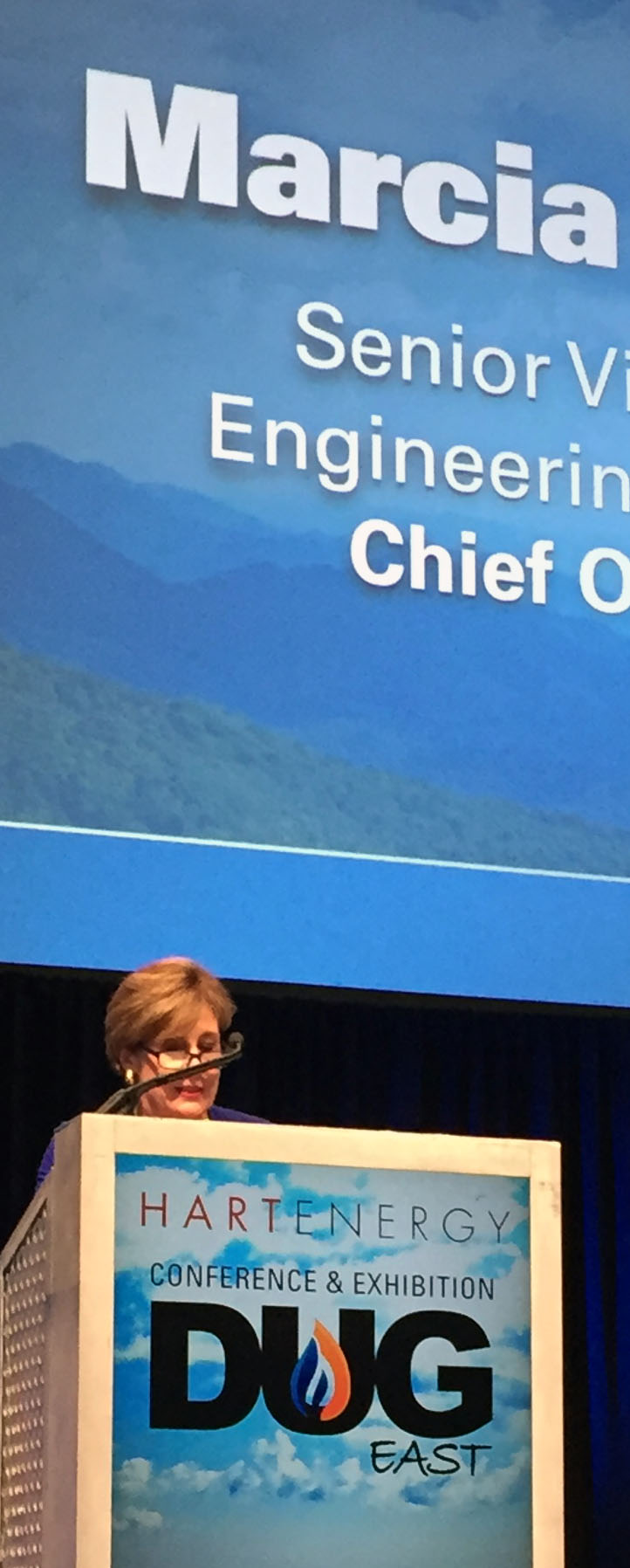
Marcia Simpson, senior vice president of Chief Oil & Gas, said Chief is now producing more than 1 Bcf/d from 340 horizontal wells in northeast Pennsylvania. Costs are going down and reserves are going up, she said, noting that the key to lower costs is finding great service partners.
“We are seeing parent-child interactions,” Simpson said, and Chief adjusts its spacing and completion designs accordingly. Given the current commodity markets, she said the company will continue to drill but will modify its completion program based on the direction of prices.
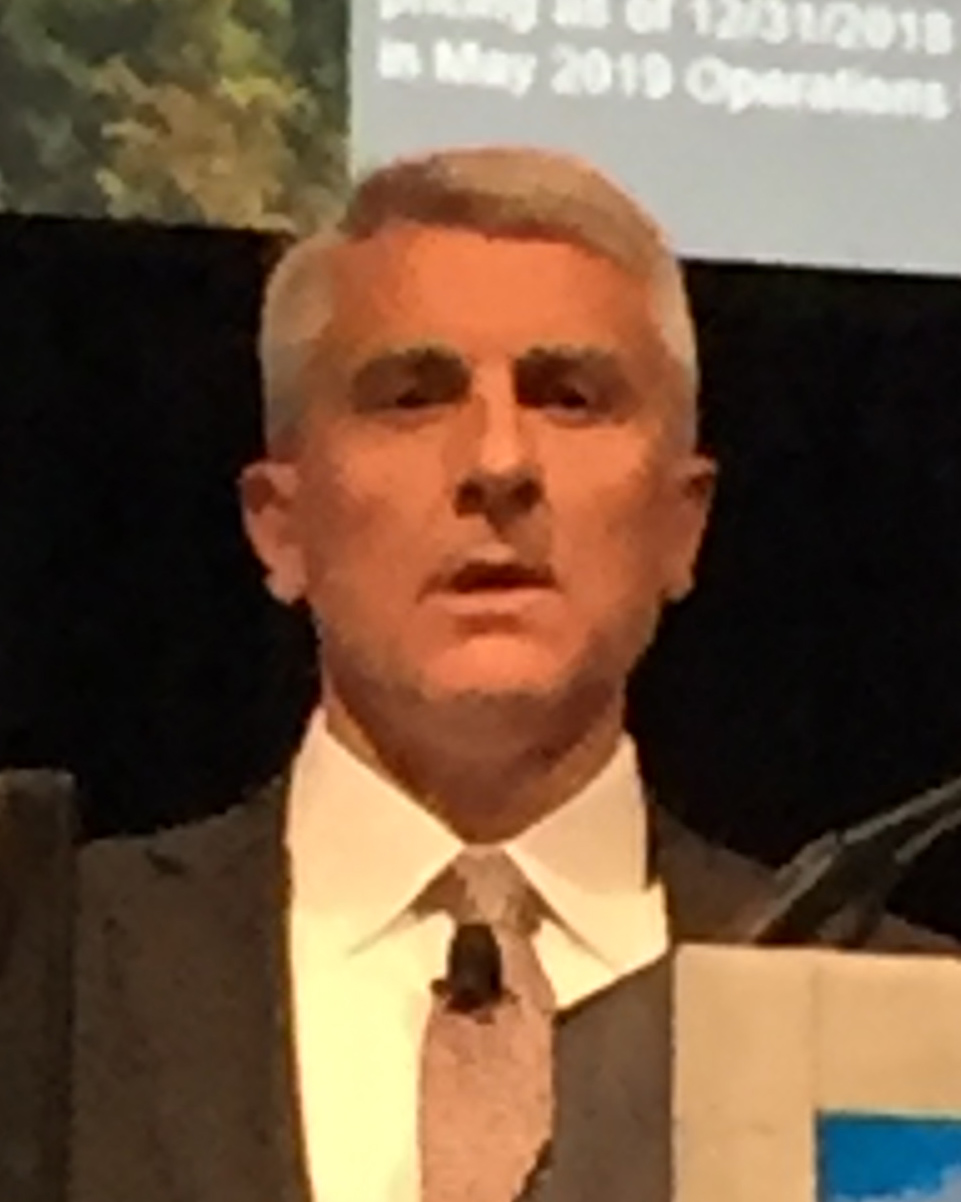
Mature producing assets are the main focus of Diversified Gas & Oil, said Robert “Rusty” Hutson Jr., the company’s co-founder and CEO, during the afternoon private company spotlight. “We’ve done more than $1.4 billion in acquisitions during the past two years,” he said, favoring low-risk, low-decline, long-life assets.
Diversified’s business model is designed to target proved/developed/producing acquisitions; maximize production and minimize costs; execute low-risk, low-cost drilling; and create shareholder value. “We look for ways to increase margins,” Hutson said.
Recommended Reading
Hess Midstream Announces 10 Million Share Secondary Offering
2024-02-07 - Global Infrastructure Partners, a Hess Midstream affiliate, will act as the selling shareholder and Hess Midstream will not receive proceeds from the public offering of shares.
Hess Midstream Subsidiary to Buy Back $100MM of Class B Units
2024-03-13 - Hess Midstream subsidiary Hess Midstream Operations will repurchase approximately 2 million Class B units equal to 1.2% of the company.
Plains All American Names Michelle Podavin Midstream Canada President
2024-03-05 - Michelle Podavin, who currently serves as senior vice president of NGL commercial assets for Plains Midstream Canada, will become president of the business unit in June.
Matador Completes NatGas Connections in Delaware Basin
2024-03-25 - Matador Resources completed natural gas pipeline connections between Pronto Midstream to San Mateo Midstream and to Matador’s acreage in the Delaware Basin.
Pembina Declares Series of Quarterly Dividends
2024-04-10 - Pembina Pipeline Corp’s board of directors declared quarterly dividends for series 1, 3, 5, 7, 9, 15, 17, 19, 21, 22 and 25.



